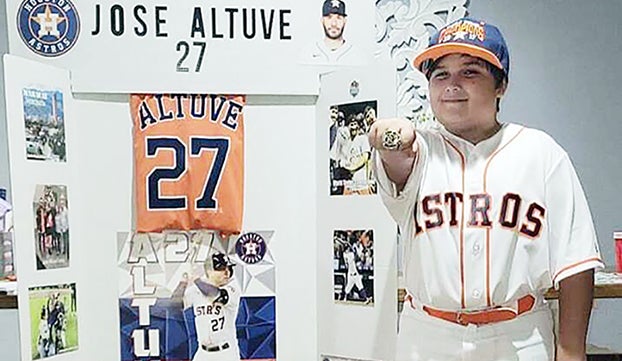Supreme Court blunder repeated
Published 7:49 am Saturday, August 27, 2016
Editorial by Bobby Tingle
Performing the duties of Commander In Chief of our Armed Services, according to the United States Constitution, is a primary role of the President of the United States. It also states that with the advice and consent of the United States Senate the president shall appoint Supreme Court justices, several other offices and propose international treaties.
Unfortunately, our president does much more than that. I would expect the mainstream media would seek to uphold some accountability to those duties.
Choosing Supreme Court nominees is the highest profile task of the president related to our justice system. The system of federal courts are scattered about throughout our country. Local federal courts are the obvious first step in the process of presenting an issue or situation before federal magistrates for judgment. At the point of a decision, the parties generally have the option to appeal, at which time the decision of the court is sent to a higher court for review. That court may choose to return the case to the lower court for further action or it may make a decision that affirms or rejects the lower court ruling. In either case, further appeals can be initiated. Higher courts generally are the path for handling those appeals.
In some cases the higher court can reject an appeal. In that case, the higher court throws out the appellant’s plea reconsideration of the lower court’s ruling. Such action by a higher court generally results in an affirmation of the lower court ruling.
The Supreme Court of the United States is the highest level in our Federal Justice System. There are nine individuals on that court. What they decide is final… or maybe not.
When you look at the history of the United States Supreme Court and its decisions it becomes evident that this body of individuals holds a sobering hold on the moral standards upon which this country will stand.
This body of judges has made some grave errors. It has corrected its errors in some cases, but not all.
The Dred Scot case in 1857 was one of those ‘supreme blunders’. In it the court devalued the lives of some in this country and in so doing elevated the value of others. In this decision, the court denied the legal rights of some. It makes no difference what the distinction is, the reality is, a bad decision was made.
In 1896, the Supreme Court again chose to ignore the value of all life and upheld the state’s right to impose segregation in its Plessy v Ferguson decision. States were protected by this decision in their establishment of ‘separate but equal’ educational facilities. It makes no difference what the basis the division was made on, what matters here is the reality that the Supreme Court continued in their devaluation of some lives over the value of others.
How could the supreme embodiment of judgment make such a blunder?
It was not until 1954 that the Supreme Court corrected its errors. In Brown v. Board of Education of Topeka, the court determined that the decisions made by their predecessors were unconstitutional. In other words, the Supreme Court corrected its judgment blunder in a prior decision.
The Dred Scot case has been regarded as one of the court’s worst decisions. Neither it nor Plessy v Ferguson endured, but these cases prove the fallibility of large legal minds. Legal scholars who advance in their trade to the highest court of the land are quite capable of making mistakes.
But if the Dred Scot case was the worst decision ever by the supreme court then equaling it in rank as worst, is the decision handed down in Roe v. Wade.
In Roe v. Wade, the Supreme Court again devalued life and elevated the value of the lives of others. Having made that mistake once, you would think the court would know better. Having made that mistake, then having to correct it, should instruct the court to never make that mistake again.
But that is what the Supreme Court did in 1973; they devalued the lives of unborn children, elevating the value of all others.
Choosing federal judges for nomination is a supreme job of the President of the United States. Equally important is the role of Commander in Chief of the United States Armed Forces.
Most of the rest of what we allow our President to do has questionable constitutional authority.
Most of what we see on the mainstream media regarding presidential politics is purely entertainment. Whether or not a candidate will protect all human life as Commander in Chief and value all human life in regard to nomination of federal judges are the preeminent litmus tests that ought to be applied.
The rest is pure entertainment.
Bobby Tingle is Publisher of The Orange Leader. You can reach him at bobby.tingle@orangeleader.com.





